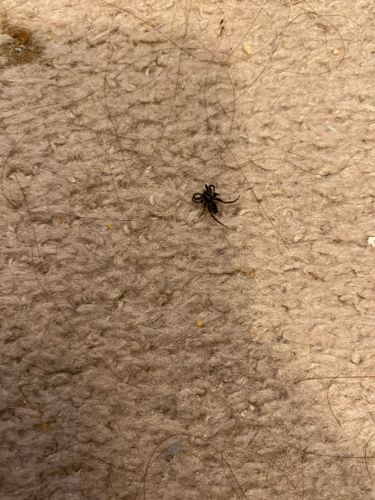Ant
Scientific Name: Formicidae (family)
Order & Family: Order Hymenoptera, Family Formicidae
Size: Most ants range from 2 to 25 mm (0.08 to 1 inch) in length, depending on the species and caste.

Natural Habitat
Ants are highly adaptable and can be found in almost every terrestrial habitat on Earth. They typically live in colonies underground, in mounds, under rocks, in wood, or even inside homes and other structures.
Diet & Feeding
Ants have a diverse diet which varies greatly by species. Many are omnivorous, feeding on nectar, seeds, fungi, other insects (both living and dead), and household food scraps. Some are specialized predators or herbivores.
Behavior Patterns
Ants are social insects living in highly organized colonies. Each colony consists of a queen (or queens) who lays eggs, sterile female workers who forage for food, care for the young, and maintain the nest, and male drones whose primary role is to mate with the queen. They exhibit complex communication through pheromones and touch, and some species farm fungi or herd aphids.
Risks & Benefits
Risks: Some species can sting or bite, causing pain and allergic reactions in sensitive individuals. They can also be considered pests when they invade homes or damage crops. Benefits: Ants play crucial roles in ecosystems, including soil aeration, seed dispersal, nutrient cycling, and pest control (by preying on other insects).
Identified on: 10/14/2025